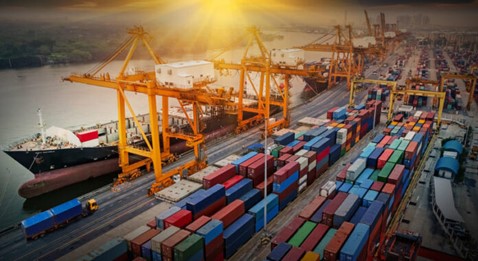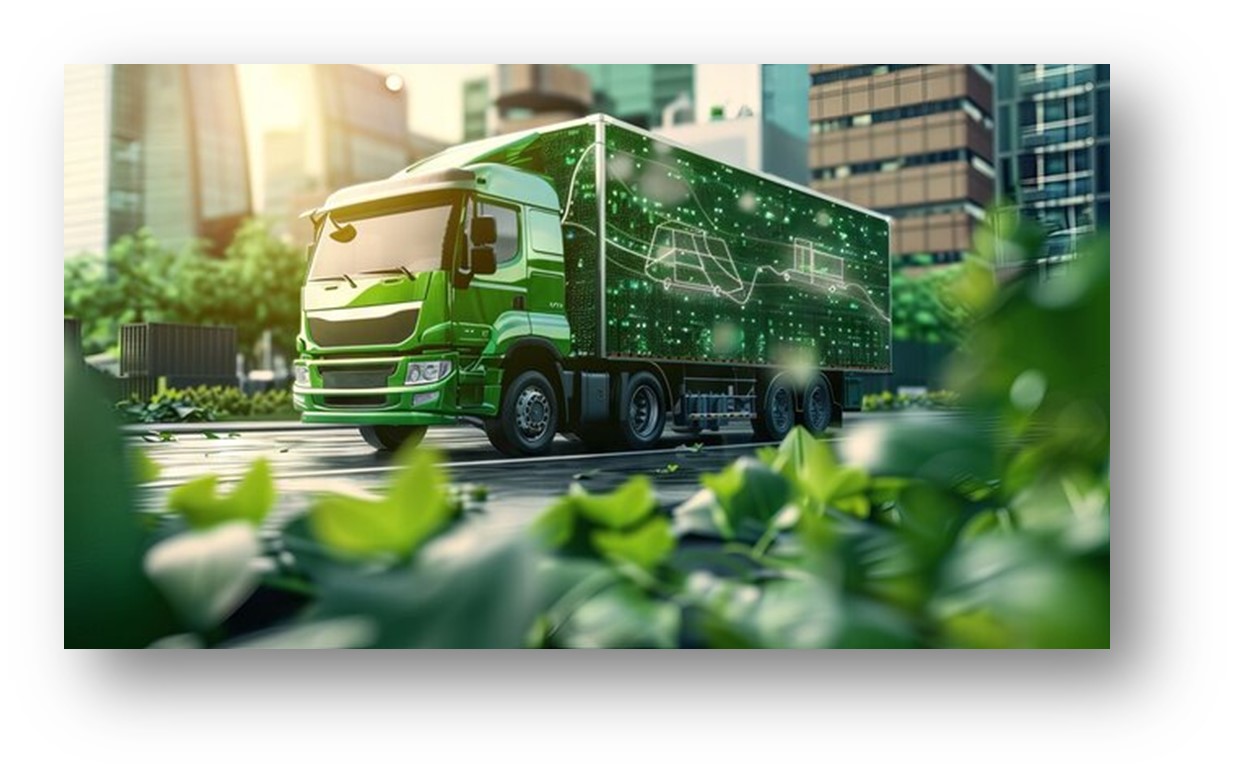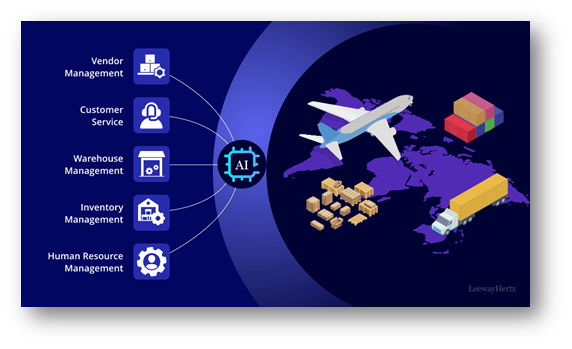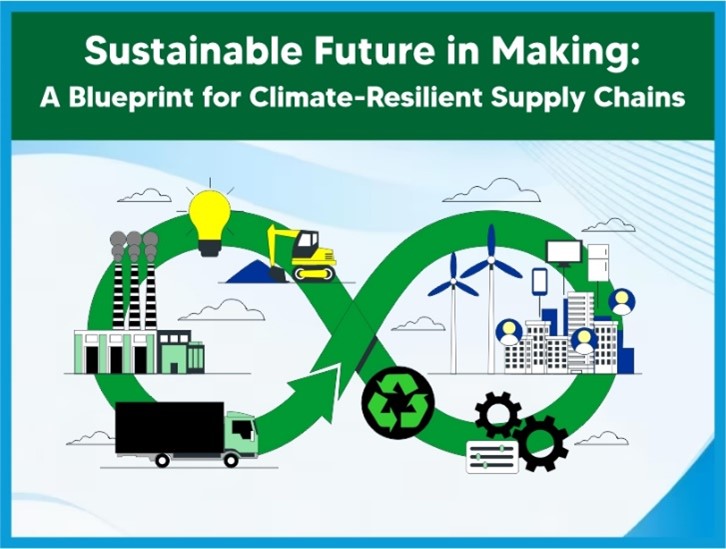How climate regulations are shaping global logistics and supply chains

How climate regulations are shaping global logistics and supply chains
by vivienne 05:16pm Jan 03, 2025

Climate regulations are increasingly shaping global logistics and supply chains as governments, organizations, and industries work to meet ambitious environmental targets and address climate change.Here are the main ways in which these regulations are driving change:
1. Adoption of Sustainable Practices
Green Logistics: Companies are adopting environmentally friendly practices like optimizing transportation routes, consolidating shipments, and using renewable energy in warehouses to reduce carbon emissions.
Circular Supply Chains: Regulations promoting recycling and reuse are encouraging businesses to create circular supply chains where materials are reclaimed and reused instead of discarded.

2. Shift to Low-Carbon Transportation
Electrification: Regulations are driving the adoption of electric vehicles (EVs) for freight and delivery. Companies like DHL and Amazon are investing heavily in EV fleets.
Alternative Fuels: Biofuels, hydrogen, and liquefied natural gas (LNG) are gaining traction in response to mandates to reduce reliance on fossil fuels.
Maritime Shipping: International agreements, such as those led by the International Maritime Organization (IMO), are setting limits on sulfur emissions and encouraging the adoption of energy-efficient ships.

3. Regulatory Compliance and Carbon Pricing
Carbon Taxes and Emission Trading: Many jurisdictions have introduced carbon taxes or cap-and-trade systems, making it costly for companies with high emissions. This pushes firms to invest in greener technologies and operations.
Emission Reporting: Regulations often require companies to track and report their carbon footprints, increasing transparency and accountability in the supply chain.
4. Technological Innovations
Smart Logistics Systems: Technologies like IoT, AI, and blockchain are being used to monitor emissions, improve energy efficiency, and ensure compliance with environmental standards.
Green Infrastructure: Companies are investing in renewable energy sources for warehouses, ports, and logistics hubs to comply with sustainability standards.

5. Pressure to Align with ESG Goals
Investor Expectations: Regulatory pressures are amplified by stakeholders demanding alignment with Environmental, Social, and Governance (ESG) goals, pushing companies to revamp supply chain strategies.
Consumer Demand: Increasing awareness of climate change among consumers is forcing brands to adopt greener logistics practices to remain competitive.
6. Global Challenges
Fragmented Regulations: Companies operating across multiple countries face challenges due to varying environmental standards and regulations.
Supply Chain Resilience: Balancing sustainability with resilience, especially in the face of extreme weather events, remains a key challenge.

Examples of Key Climate Regulations:
EU Green Deal: Aims for carbon neutrality by 2050, including stricter emissions limits for logistics and shipping.
China's Carbon Neutrality Goals: Policies encouraging the use of renewable energy and clean technologies in supply chains.
California's Advanced Clean Fleets Rule: Mandates a transition to zero-emission vehicles for fleets in the coming decades.
These changes are not just compliance-driven but also opportunities for businesses to innovate, cut costs, and improve their brand reputation. Companies that adapt early are likely to gain competitive advantages in the evolving regulatory landscape.






